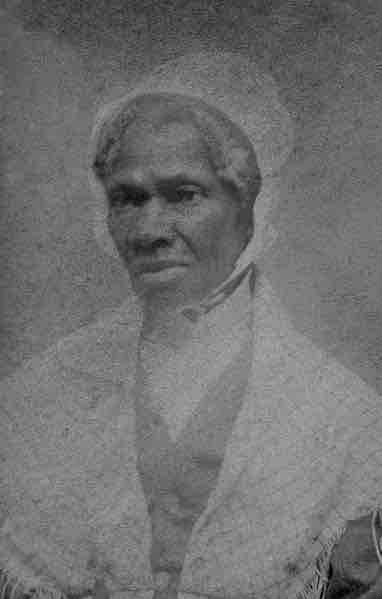Progressive Pre-War Period
A wide variety of progressive movements grew up during the decades leading up to the US Civil War. The activists involved hoped to make significant changes in society, including expanding rights and freedoms to a larger group of people living in the US.
Two of the most influential were the anti-slavery or abolitionist movement, and the women's rights movement. These were also closely related as many of the women who would go on to be leaders in the women's rights movement got their political start in the abolitionist movement.
While many women were active in the abolitionist movement they were often kept out of public, leadership and decision making positions. For example only two women attended the Agents' Convention of the American Anti-Slavery Society in 1836. Women began to form their own abolition groups, organizing events such as the Anti-Slavery Convention of American Women held in 1837. This convention brought 200 women to New York City, where they called for the immediate abolition of slavery in the US. The delegates argued for an end to slavery based on the often brutal conditions of slavery, as well as the ways in which slavery violated christian principals and basic human right to equality.
Women's Rights Movement
Women involved in the early abolitionists movement also began to connect demands for equal right to their own lives and experiences, advocating for expanded education, employment and political rights including suffrage.
The 1848 Seneca Falls convention is one of the key early moments in the suffrage and women's rights movement in the US. The convention was organized primarily by a group of Quaker women during a visit by Lucretia Mott, a Quaker woman well known for her role in the abolition movement and advocacy for women's rights. The convention brought together 300 people, men and women, and produced a strong Declaration of Sentiments advocating for women's equality including the right to vote.
The Intersection of Race and Gender
As progressive movements grew, several divisions developed often over questions of identity and especially over the role women and people of color in the movements. In terms of Abolition more incremental groups preferred advocating against the expansion of slavery, but would often stop short of calling for full or immediate abolition. Supporters of this strategy often also advocated for colonization for freed slaves, a strategy that would see emancipated people sent to colonies established in Africa, such as Liberia.
Many advocates of incremental abolition and colonization also held more traditional views on the role of women, claiming that women should play a supporting role in both the abolitionist movement and in society more generally.
A more progressive and radical strain of abolition maintained that rights and moral standing were universal, and that whether people were of African or European decent, men or women they were all due to equal treatment and rights.
A well-known exchange between Catherine Beecher and Angelina Grimké two prominent women activists and writers highlighted these two perspectives. Beecher argued women should remain subordinate by divine law in her Essay on Slavery and Abolitionism with Reference to the Duty of American Females. While Grimké asserts the rights of women to engage in all political institutions that impact their lives.
The role of Black women in the suffrage movement was also sometimes problematic. For example, both emancipated women who had been slaves and free women of color were active in the abolitionist movement, but as the women's movement grew there was often resistance on the part of the increasingly middle class, educated, white leadership to include Black women. For example while Sojourner Truth spoke to the Women's Convention in Akron Ohio in 1851 there were conflicting reports over how the speech was received. Some claimed delegates welcomed both the speaker and message, and others claimed that delegates were hostile to having a Black speaker address them.

Sojourner Truth
Sojourner Truth who had been bom into slavery won her own freedom and became a prominent abolitionist and women's rights advocate.
Outcomes and Legacy
While women did not gain the right to vote in all sates until 1920, there were still some victories won for women's rights in the period leading up to the Civil War. One of the most notable was New York State granting property rights to married women. This period of activism also set the foundation for the suffrage campaigns that would occur in the early 20th century, along with women's rights, feminist and women of color movements that continue today.